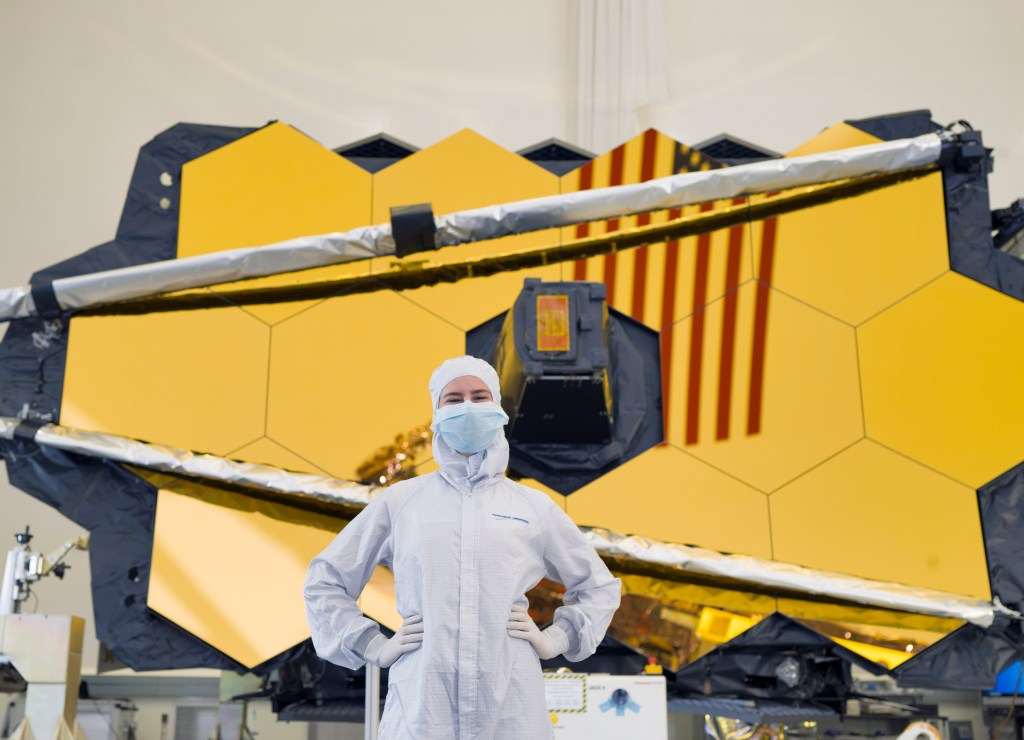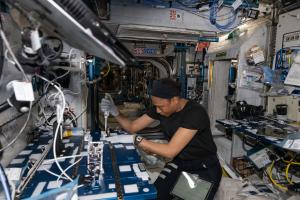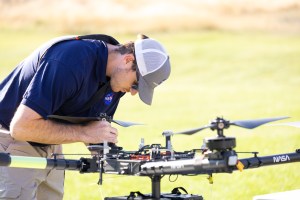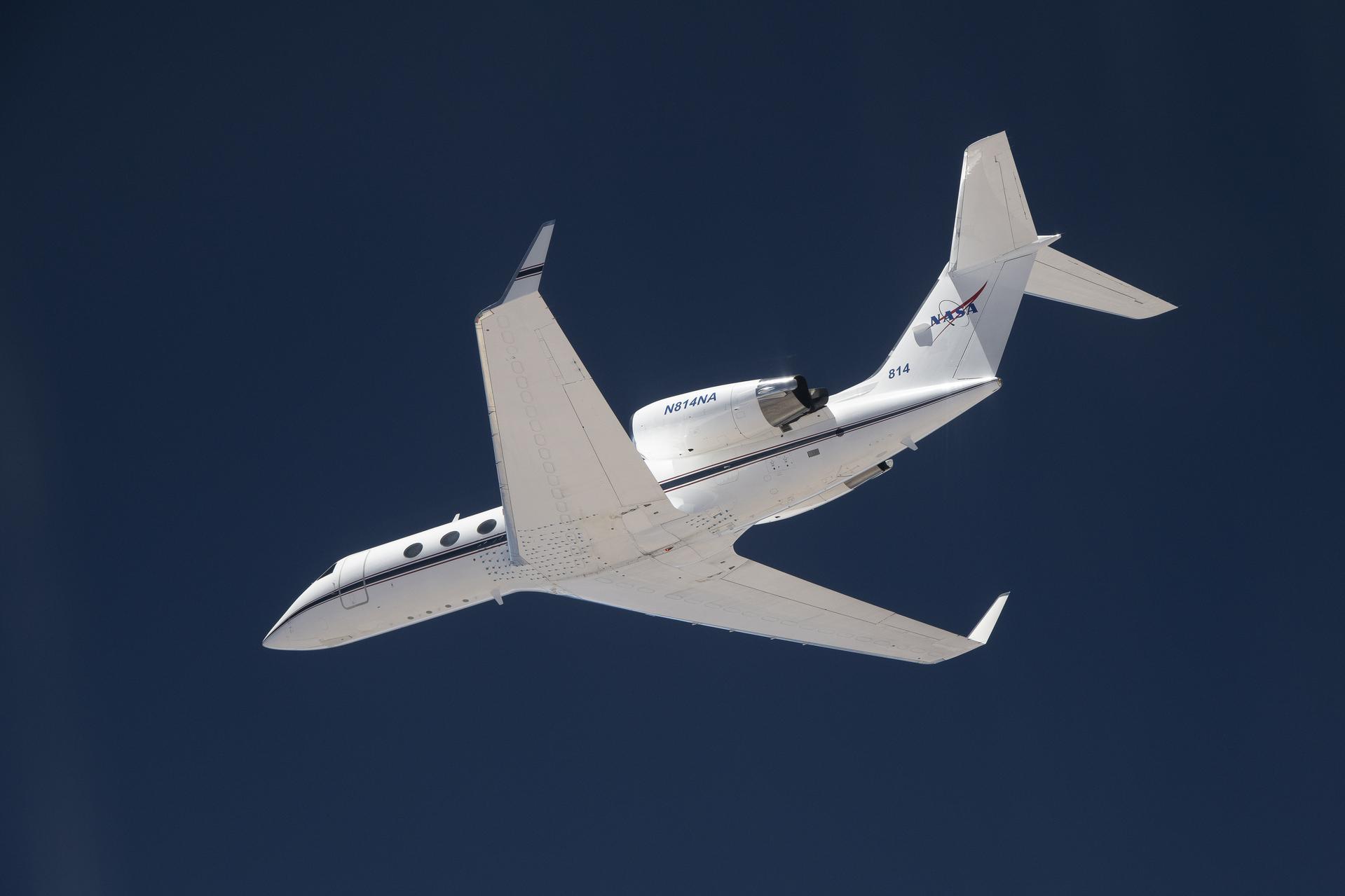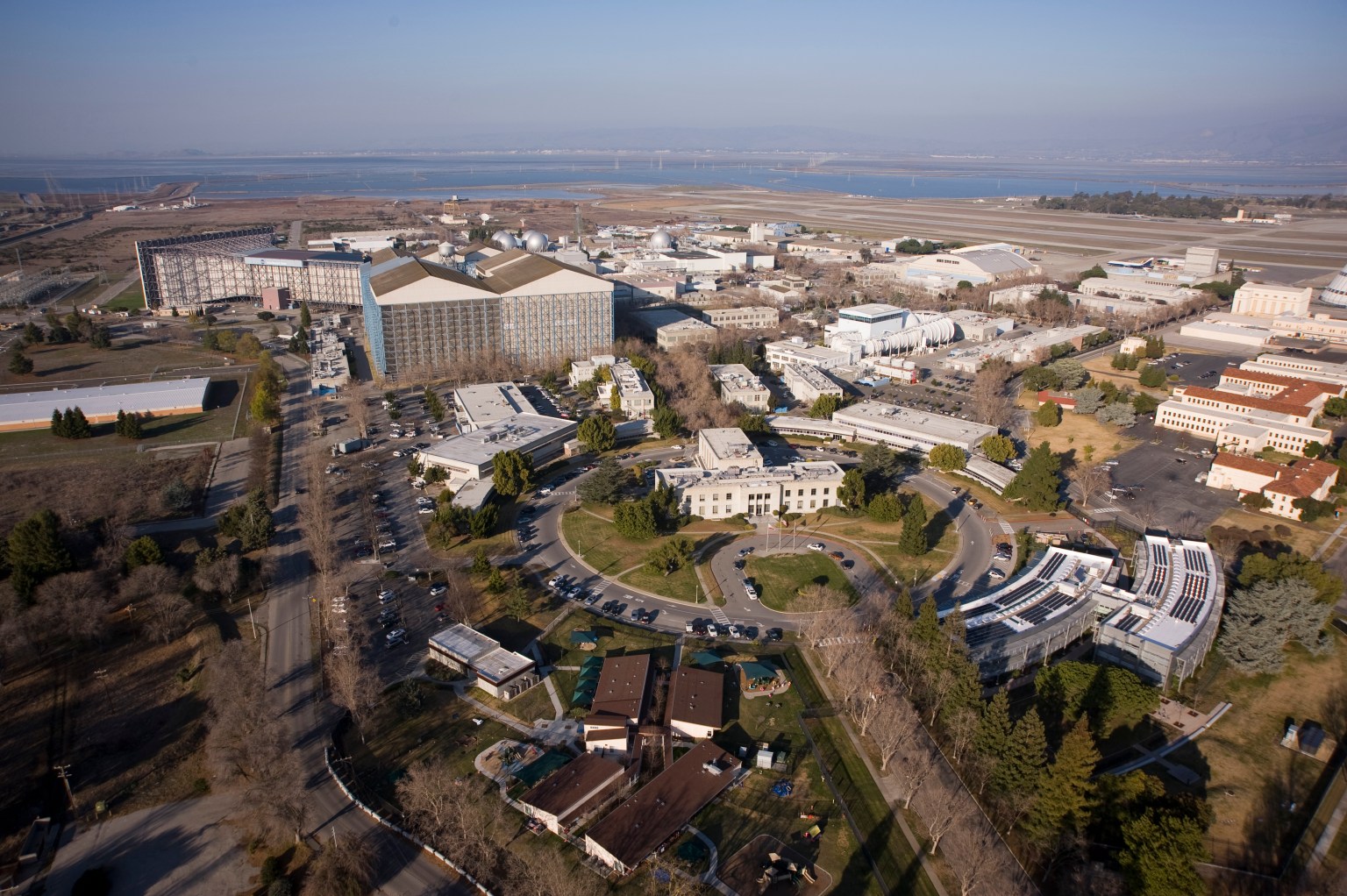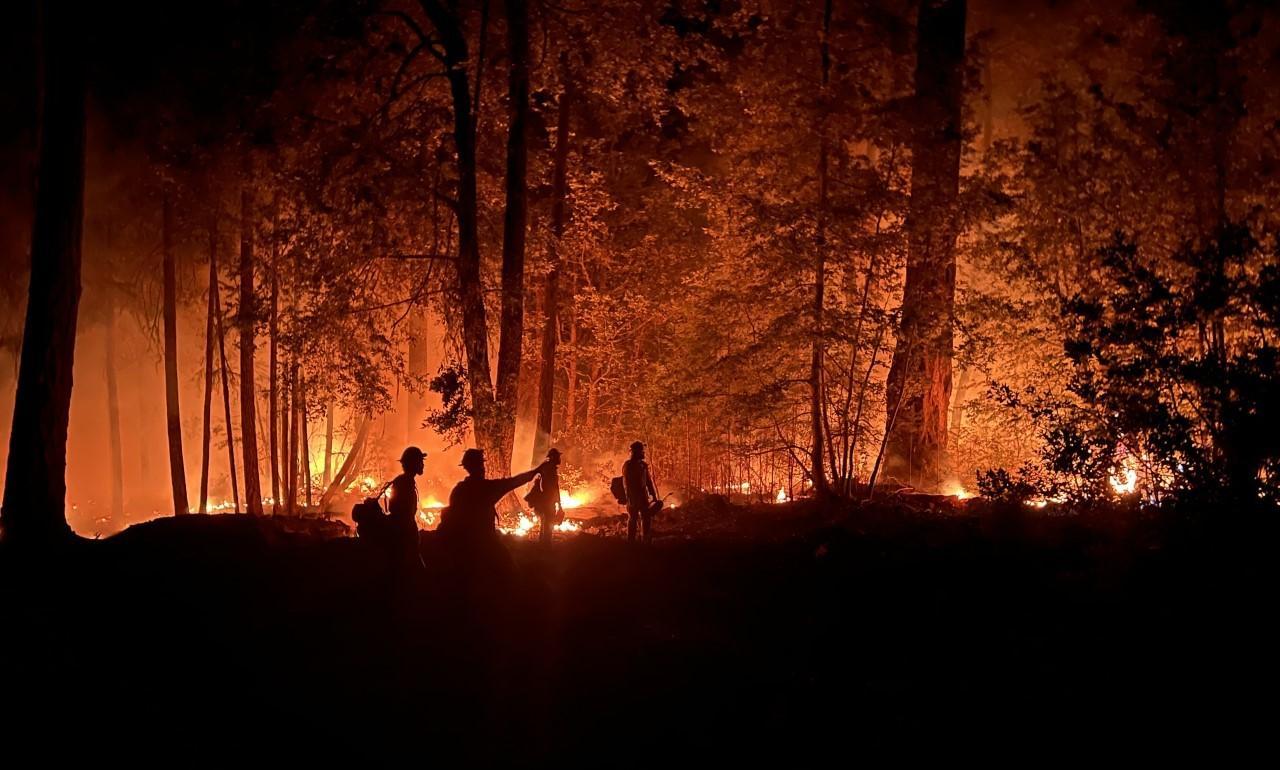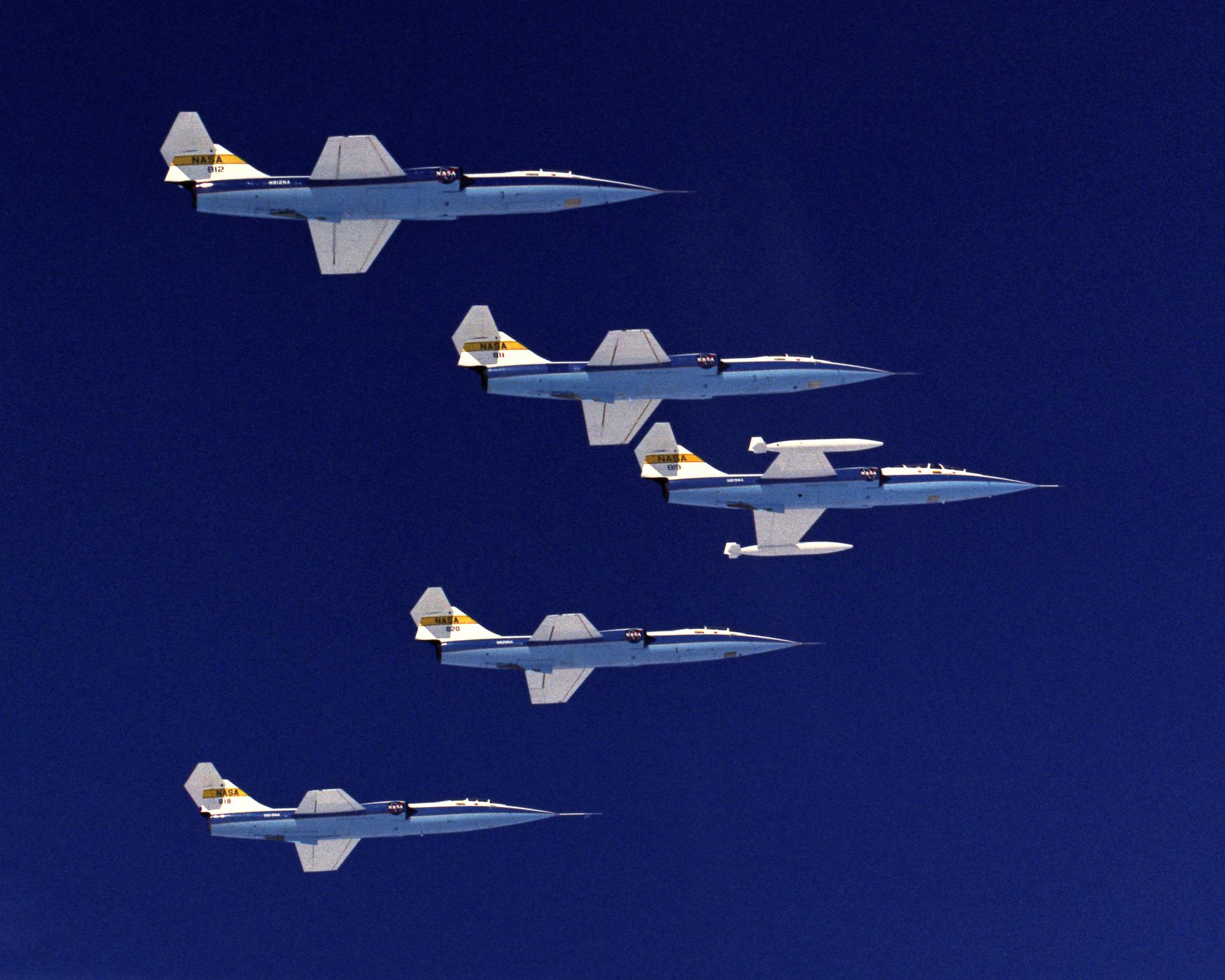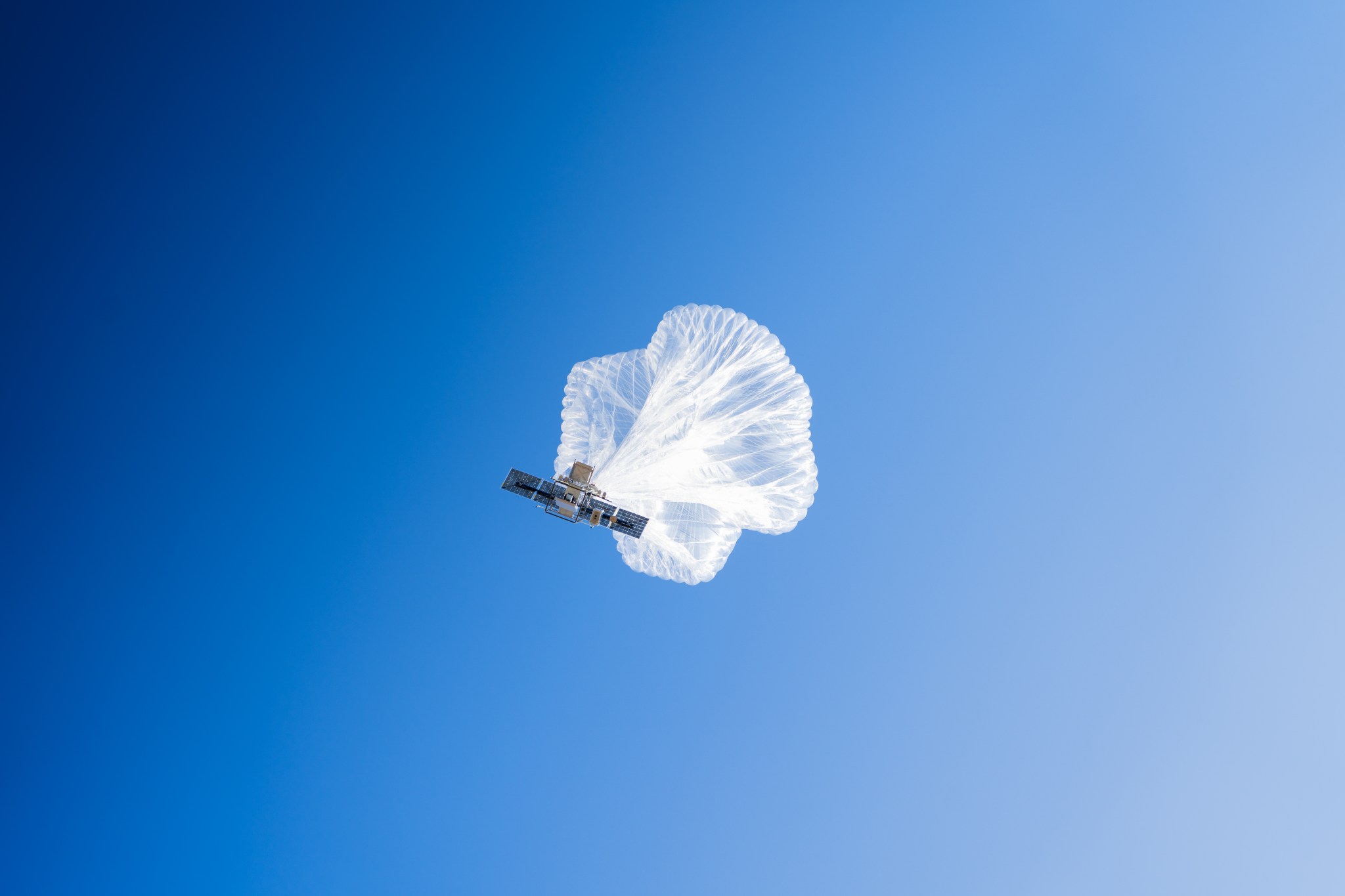
NASA is participating in a collaborative effort to use high-altitude balloons to improve real-time communications among firefighters battling wildland fires.
The rugged and often remote locations where wildland fires burn mean cell phone service is often limited, making communication between firefighters and command posts difficult.
The flight testing of the Strategic Tactical Radio and Tactical Overwatch (STRATO) technology brought together experts from NASA’s Ames Research Center in California’s Silicon Valley, the U.S. Forest Service, high-altitude balloon company Aerostar, and Motorola to provide cell service from above. The effort was funded by the NASA Science Mission Directorate’s Earth Science Division Airborne Science Program and the agency’s Space Technology Mission Directorate Flight Opportunities program.
“This project leverages NASA expertise to address real problems,” said Don Sullivan, principal investigator for STRATO at NASA Ames. “We do a lot of experimental, forward-thinking work, but this is something that is operational and can make an immediate impact.”
Flying High Above Wildland Fires
Soaring above Earth at altitudes of 50,000 feet or more, Aerostar’s Thunderhead high-altitude balloon systems can stay in operation for several months and can be directed to “station keep,” staying within a radius of few miles. Because wildland fires often burn in remote, rugged areas, firefighting takes place in areas where cell service is not ideal. Providing cellular communication from above, from a vehicle that can move as the fire changes, would improve firefighter safety and firefighting efficiency.
The STRATO project’s first test flight took place over the West Mountain Complex fires in Idaho in August and demonstrated significant opportunities to support future firefighting efforts. The balloon was fitted with a cellular LTE transmitter and visual and infrared cameras. To transmit between the balloon’s cell equipment and the wildland fire incident command post, the team used a SpaceX Starlink internet satellite device and Silvus broadband wireless system.
When tested, the onboard instruments provided cell coverage for a 20-mile radius. By placing the transmitter on a gimbal, that cell service coverage could be adjusted as ground crews moved through the region.
The onboard cameras gave fire managers and firefighters on the ground a bird’s-eye view of the fires as they spread and moved, opening the door to increased situational awareness and advanced tracking of firefighting crews. On the ground, teams use an app called Tactical Awareness Kit (TAK) to identify the locations of crew and equipment. Connecting the STRATO equipment to TAK provides real-time location information that can help crews pinpoint how the fire moves and where to direct resources while staying in constant communication.
Soaring Into the Future
The next steps for the STRATO team are to use the August flight test results to prepare for future fire seasons. The team plans to optimize balloon locations as a constellation to maximize coverage and anticipate airflow changes in the stratosphere where the balloons fly. By placing balloons in strategic locations along the airflow path, they can act as replacements to one another as they are carried by airflow streams. The team may also adapt the scientific equipment aboard the balloons to support other wildland fire initiatives at NASA.
As the team prepares for further testing next year, the goal is to keep firefighters informed and in constant communication with each other and their command posts to improve the safety and efficiency of fighting wildland fires.
“Firefighters work incredibly hard saving lives and property over long days of work,” said Sullivan. “I feel honored to be able to do what we can to make their jobs safer and better.”






















